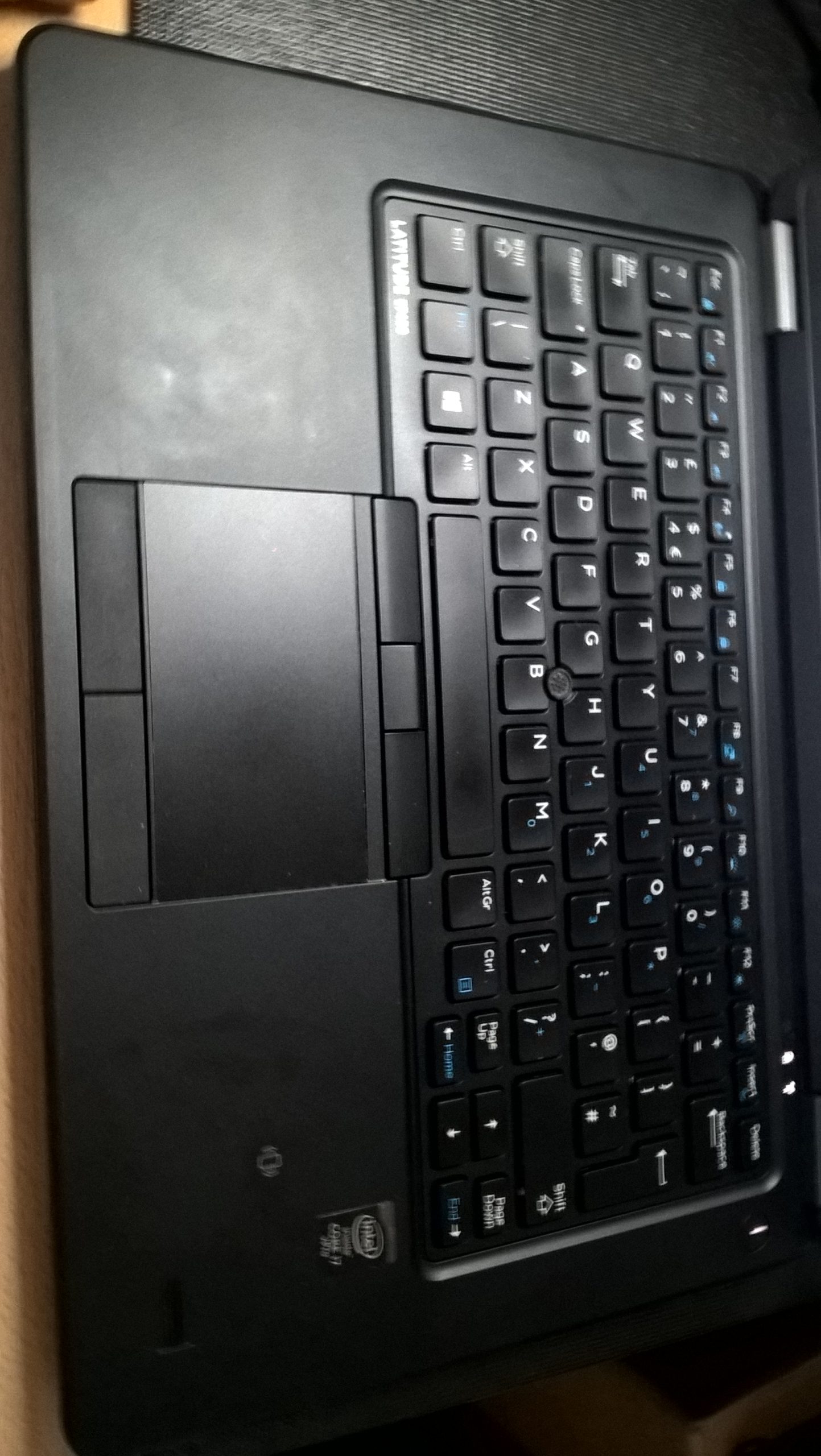Troubleshooting Internet Connectivity Issues: A Case Study from the IT Trenches
As an IT professional with a decade of experience under my belt, I’ve tackled a wide variety of technical challenges. However, a recent encounter with a long-time client brought a perplexing issue to my attention—one that left me scratching my head and seeking insight from fellow tech experts.
The Background
My client, with whom I’ve maintained a solid working relationship for years, reached out for assistance with an internet connectivity problem. At first glance, I anticipated a quick resolution—perhaps a simple modem reset or driver update—and expected to resolve the issue within minutes. However, what I thought would be a straightforward fix quickly spiraled into a two-day ordeal.
The Issue
Upon investigation, I discovered that all attempts to access the internet were being redirected to http://msftconnecttest.com, accompanied by a “no internet access” message from Windows. This typically indicates a broken connection, prompting Windows to redirect users to a page intended to facilitate a proper connection setup.
To troubleshoot, I began with a reset of the modem (Frontier/Verizon), but this failed to produce any results. Next, I attempted to reset the network settings and drivers on the computers. It’s worth noting that both Mac and PC devices were unable to connect to the network, yet only the PCs were being redirected to the frustrating Microsoft connection test page. My efforts also included disabling the msftconnecttest references in the registry, but even then, no progress was made. Despite websites appearing to load, they ultimately redirected back to the same Microsoft page.
Deepening Mystery
The situation grew more baffling when I ran a ping test to Google, which resolved to an erroneous IP address of 172.19.1.254 instead of Google’s actual address, with a response time of less than 1ms. Intriguingly, any attempts to ping other websites led to the same results. Furthermore, devices connected to both wired and wireless networks could not even ping the modem itself at this point.
My next step was to contact Frontier support for assistance. In a moment of sheer disbelief, the representative suggested that “the modem has been hacked by Russia,” a comment that left me incredulous. Following this encounter, I acquired a replacement modem from the local Frontier store, only to find that the same problem persisted.
A
Share this content:



